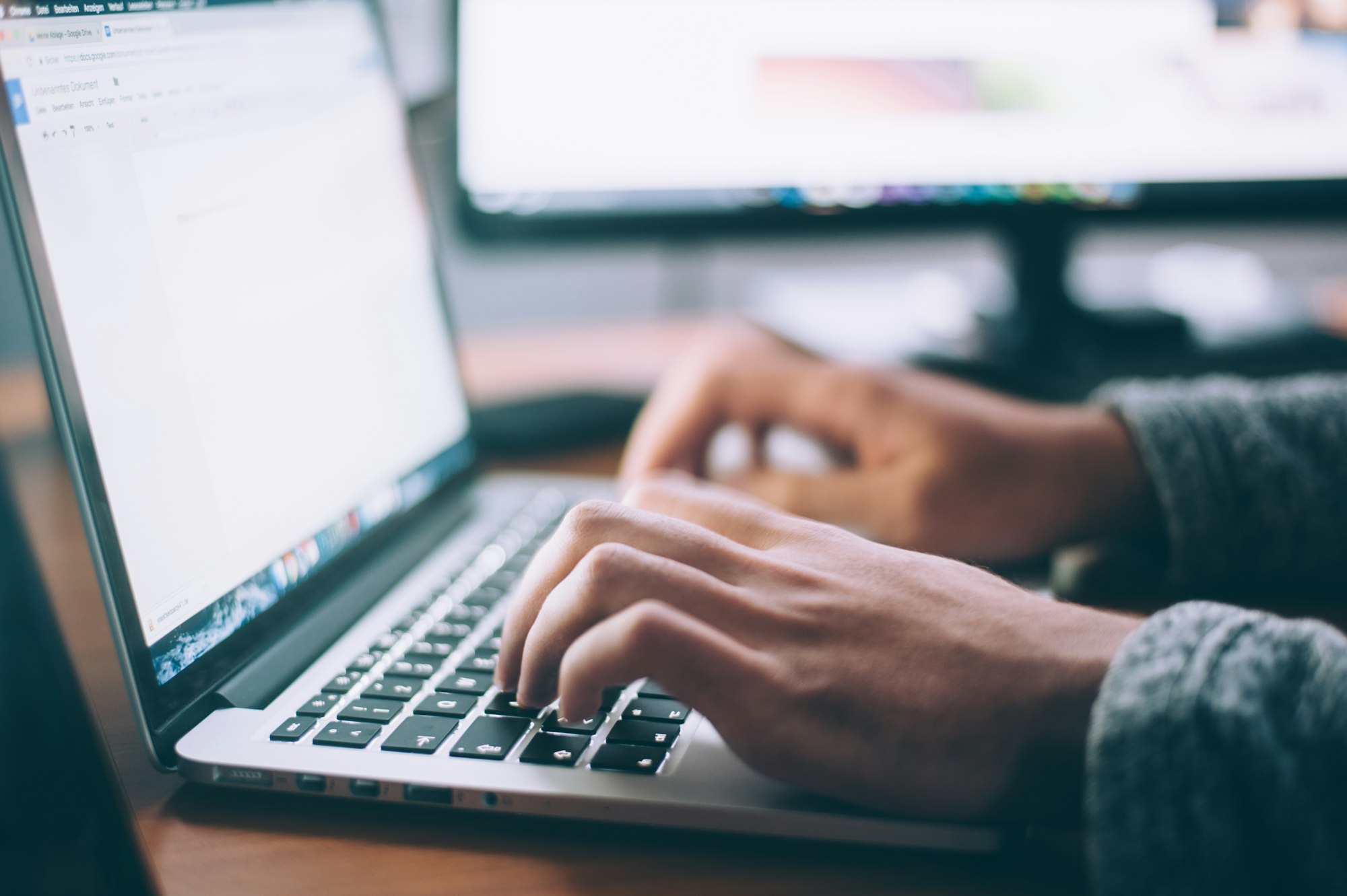Published on Facility Management, Danielle Myers (General Manager of Status Solutions) wrote an article titled 'How Technology Supports Home Office Arrangements'. Which focuses on how managers can update their employee's safety and security plans to best protect the office while employees are in the office or working from home.
Here are 4 discussion points I found in the article:
1: One in ten companies expect all employees to return back to the office post-COVID.
We are in the midst of a 'post-COVID' world, where slowly we are adjusting to the new 'normal'. However, what is clear is that employers are adopting a hybrid model. This means that while employees aren't expected to go back to the office full-time, they are expected to return at least one day a week in some organizations.
2: Environmental monitoring technology.
Environmental monitoring technology is a system that Danielle claims can maintain and monitor a facility in human absence - something that is/was critical for protecting the office during COVID. It can not only help workers by monitoring and creating a task list to decrease their workload, but it also helps with the office comforts. For example boilers, logging temperatures, power generators, HVAC systems, and more. An example Danielle uses is if the temperature rises in the office refrigerator it can detect the issue, and prevent the food from going bad.
3: Automated alerting platform.
One thing Danielle identified that is crucial for office security is when systems work together and communicate, if this does not occur then during emergencies issues can arise. Danielle claims that an environmental monitoring technology paired with an automated alerting platform can help the systems communicate, allowing it to detect areas that need attention and then alert individuals that can fix them.
4: Facial recognition software.
Facial recognition software can provide ease of mind to those going into the office after being in the safety of their homes for so long. It's an extra level of security, which can let managers know who is in the building and what safety risks there may be for example a door being open. As all three systems will be working together, the automated alerting platform can send messages whenever there is suspicious activity to further enhance the safety of workers. Moreover, it can not only alert workers of suspicious activity but also the authorities if needed.




